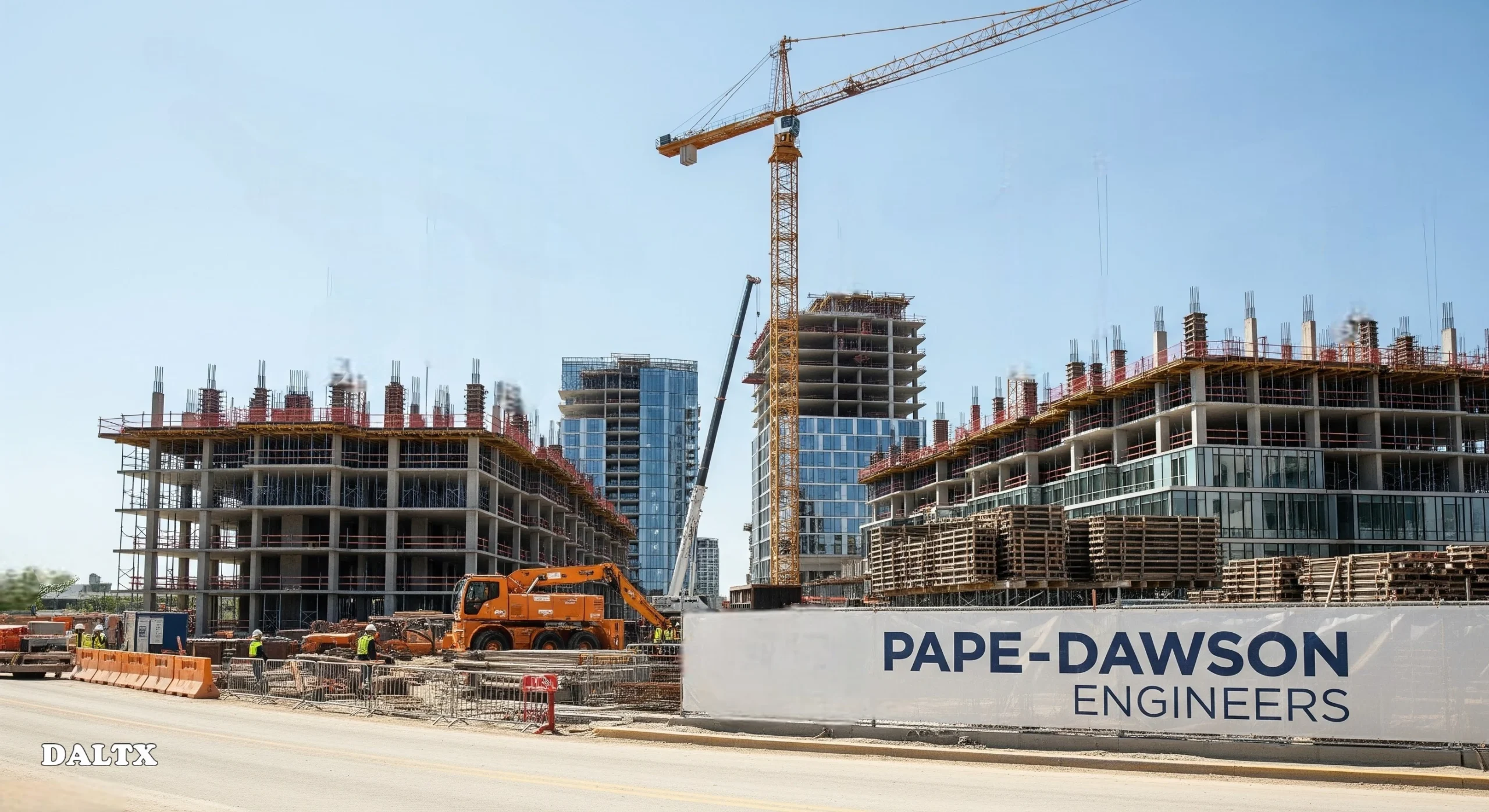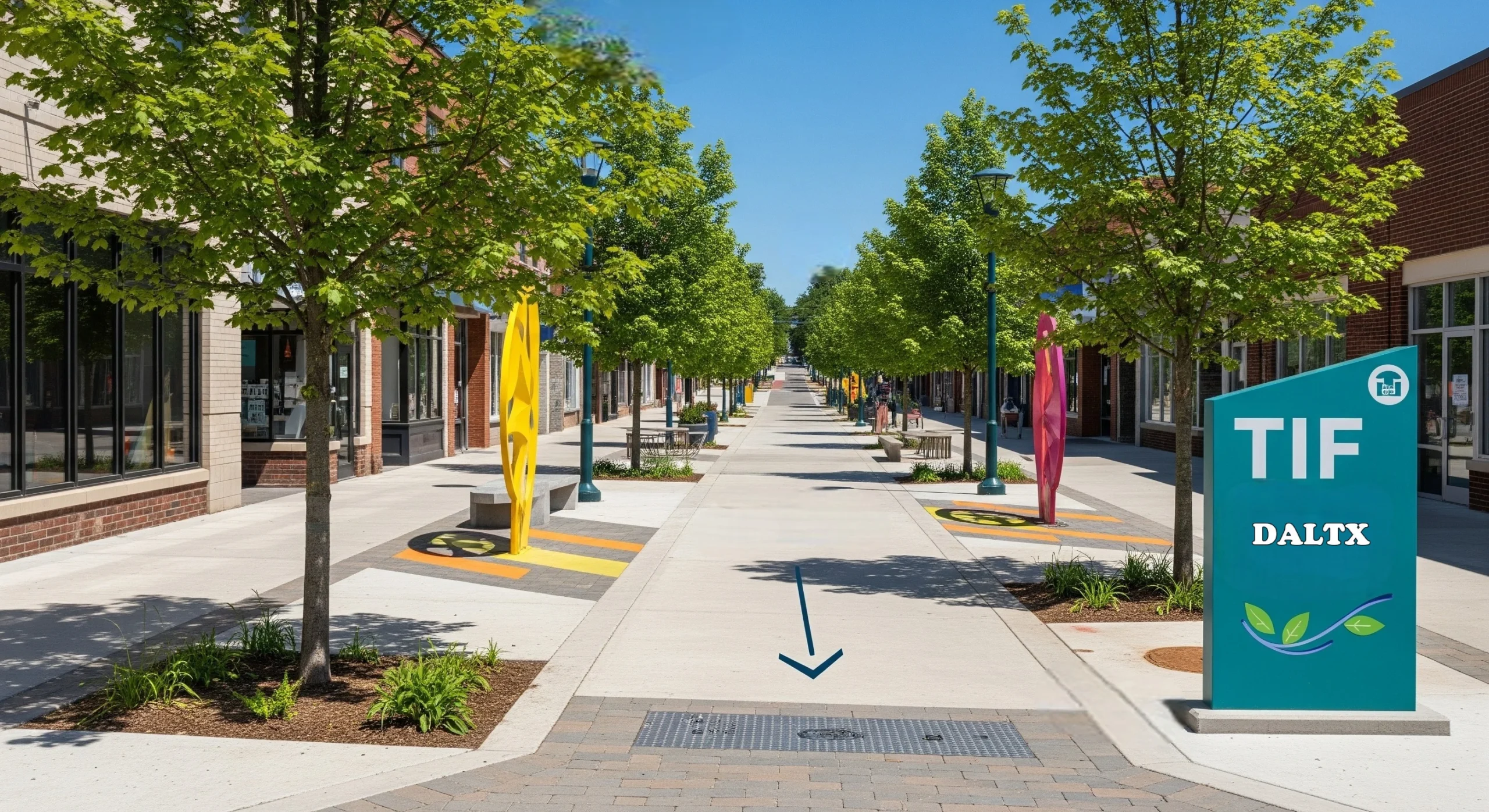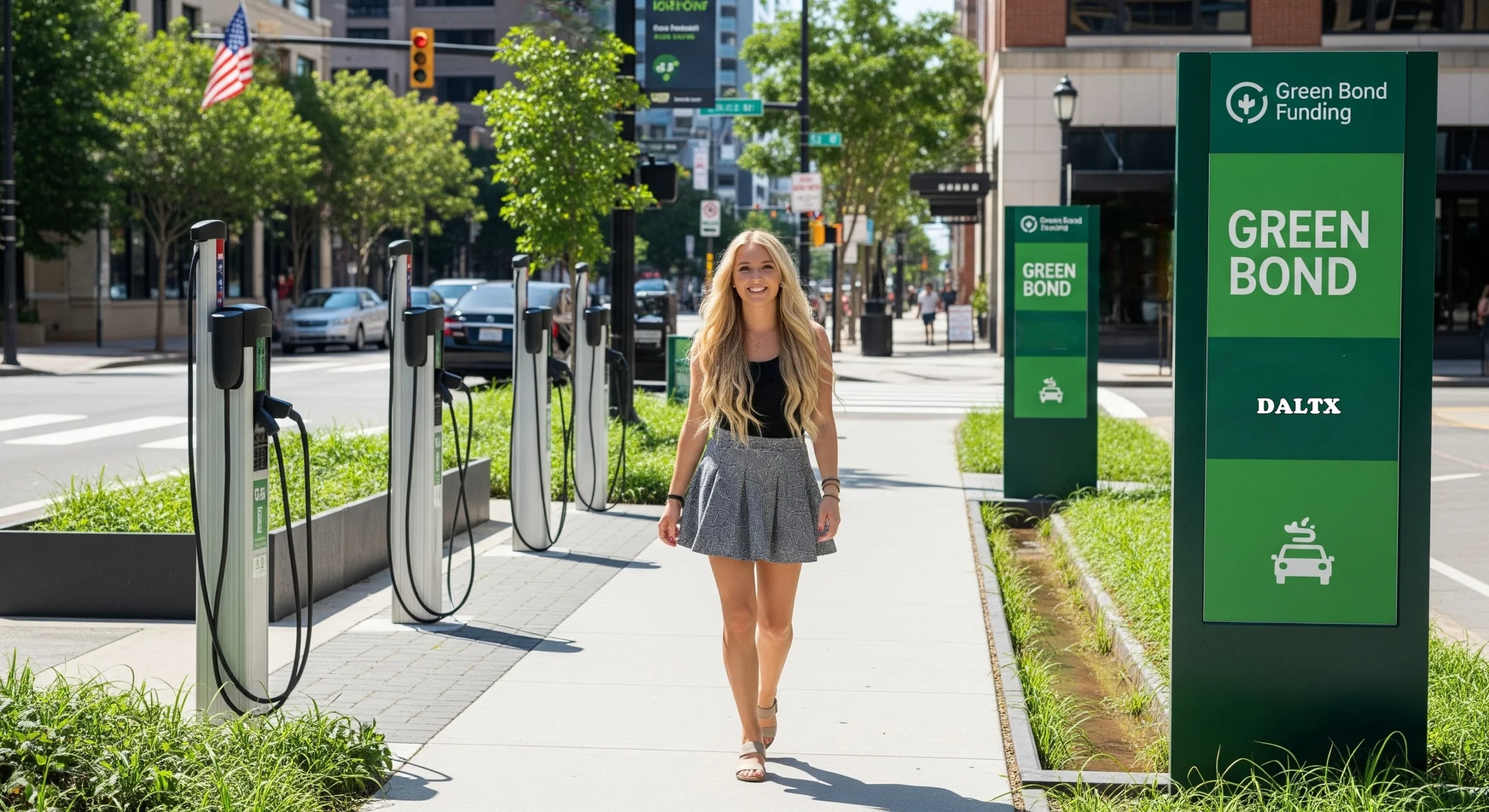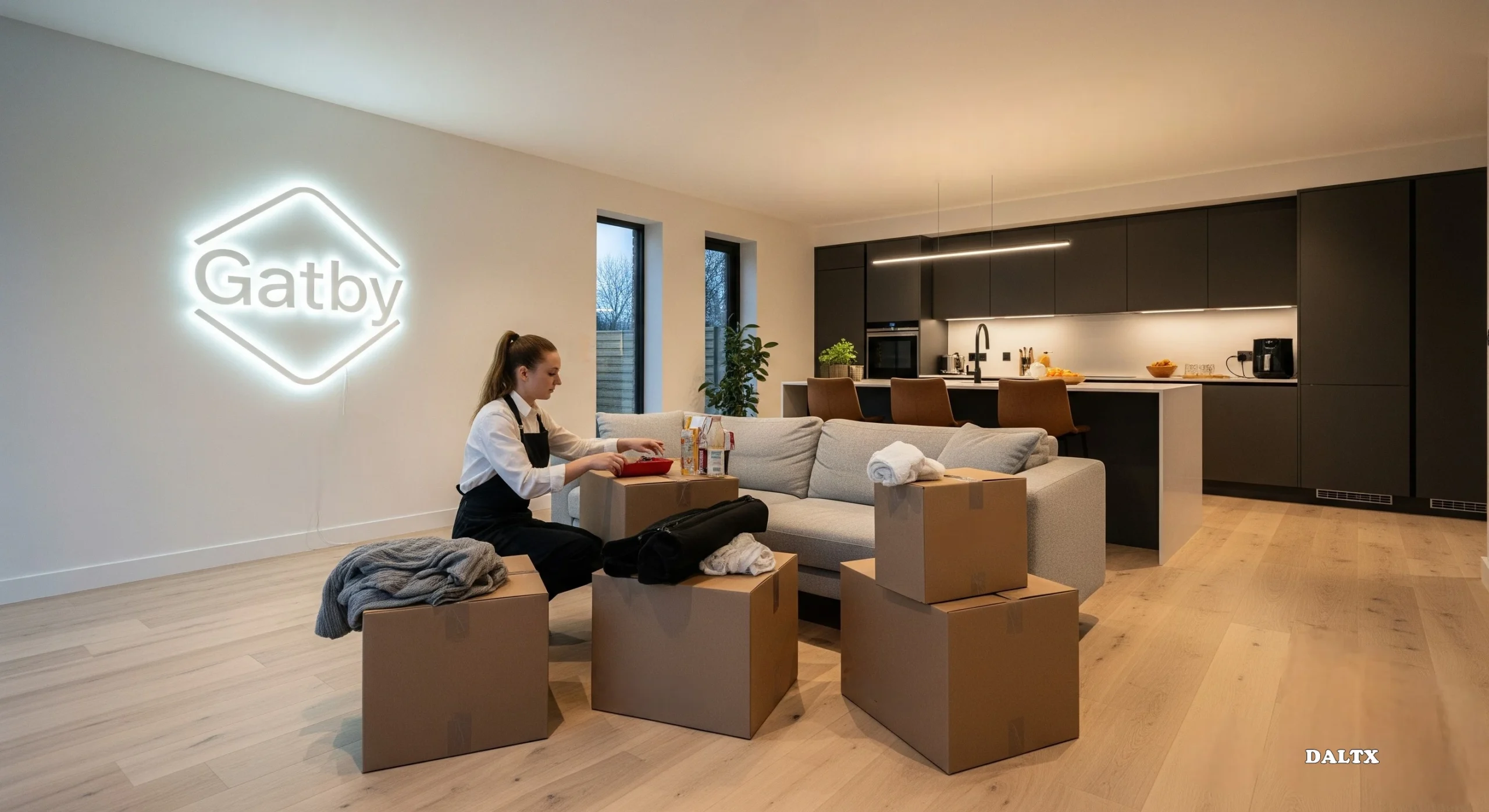Land prices keep rising, construction costs rarely come down, and neighborhood groups demand ever‑greener designs. For a small developer, the biggest obstacle is rarely finding the right parcel—it’s securing the capital at the right time. Traditional bank loans often cover only 60–70 percent of project costs, leaving a persistent equity gap.
That gap has given rise to a wave of land development financing tools tailored to builders who think big but operate lean. In the pages ahead, you’ll explore those tools, understand why they matter, and learn how to strategically integrate them into a balanced capital stack.

Build Your Capital Stack Before You Pour Concrete
Small developers often chase a single “magic loan,” but in reality, most successful deals are built on multiple layers of capital, each with its own risk‑and‑reward profile:
- Senior debt – the cheapest capital, but with rigid terms and strict collateral requirements.
- Mezzanine debt – more expensive, but offers greater flexibility on draw schedules.
- Preferred equity – takes priority over common equity in payouts.
- Common equity – carries the highest risk, but offers the greatest potential return.
Whether you’re structuring a suburban townhome project or offering land development services in Houston, TX, knowing where every future dollar will sit in that stack helps you present your plan with confidence and negotiate from a position of strength.
Regulation CF & A+ Crowdfunding: Turning Fans into Funders
The 2024 updates to U.S. crowdfunding rules raised annual caps to $10 million under Regulation Crowdfunding and $75 million for Regulation A+. Enough to finance most small subdivisions or mid-rise mixed-use projects.
Here’s how to make the most of it:
- Craft a compelling pitch deck with visuals, detailed cost breakdowns, and a clear exit plan.
- Host live investor Q&As to build trust and give retail investors a voice.
- Offer tiered perks like early leasing opportunities or naming rights for green spaces.
Pros
- Access hundreds of small investors fast.
- Your marketing doubles as a capital-raising tool.
Cons
- Requires ongoing financial disclosures.
- A large investor base can complicate decision-making down the line.
Impact & ESG Funds: Capital That Seeks Positive Change
By early 2025, ESG (Environmental, Social, and Governance) funds controlled nearly $12 trillion in U.S. assets. These investors actively seek shovel-ready projects with quantifiable community outcomes:
- Affordable housing components can qualify for lower-cost credit facilities.
- Stormwater retention systems may unlock climate resilience grants.
- Solar-ready rooftops often make projects eligible for green bond funding.
To attract ESG capital, prepare a concise one-page impact summary with hard data, not just mission statements. Metrics like tons of CO₂ reduced or local jobs created matter most.
Commercial PACE: Let Efficiency Pay the Bill
Commercial Property Assessed Clean Energy (C‑PACE) financing lets you roll 100 percent of approved efficiency upgrades into a property‑tax assessment, payable over a period of up to 30 years.
Why small developers love it
- Repayments begin post-construction, helping improve early-stage cash flow.
- The obligation is tied to the property, not the individual borrower.
- Reduce your blended cost of capital, as C‑PACE rates mirror municipal bonds.
- Blend C‑PACE with senior debt by showing lenders how long‑term operating savings can improve your debt-service coverage ratio.
TIF and Special Assessment Districts: Let Future Value Fund Today

Tax Increment Financing (TIF) captures a portion of the property‑tax increase generated by your project and channels it back into eligible costs, such as streets, utilities, and brownfield cleanup.
- Ideal for: Downtown loft conversions, transit‑adjacent infill.
- Key move: Secure city‑council buy‑in early and align design with local master plans.
In fast‑growing metro areas, small developers have also formed Special Assessment Districts to finance sidewalks, lighting, and pocket parks that raise future rents.
Community Development Financial Institutions (CDFIs): Mission before Margin
CDFIs focus on underserved neighborhoods and often accept thinner margins in exchange for stronger social outcomes.
- Loan sizes: $250k – $5 million, a sweet spot for small-lot townhome clusters.
- Terms: Up to 95% loan-to-cost with a solid purchase contract and notarized contractor bids.
- Added value: Free technical assistance with zoning hearings, minority-owned subcontractor recruitment, and financial-literacy workshops for buyers.
Pairing a CDFI first mortgage with mezzanine debt from a private fund can provide full coverage—without relying on high-interest hard money.
Seller Financing: Keep the Landowner in the Deal
When a landowner buys into your vision, they may agree to staged payments or a shared‑profit arrangement instead of requiring an immediate lump sum.
Structures that work:
- Straight amortized note – fixed payments with a balloon at sale.
- Equity kicker – lower interest rate in exchange for, say, 10% of net proceeds.
- Option contract – control the site while you secure entitlements.
Seller financing reduces your upfront cash requirement and sends a strong signal to other investors. It signals that even the current owner believes in your plan.
Mezzanine Debt & Preferred Equity: Bridging the Familiar Gap
Banks rarely fund more than 70% of total development costs. Mezzanine lenders charge 10–15%, but they’re fast and typically non-recourse. If that rate feels too high, preferred equity can be a smart alternative, offering investors a fixed 8–10% return plus a negotiated share of the upside at exit.
Capping the preferred return at a specific IRR helps ensure it stops accruing once the property is refinanced or sold.
Digital Underwriting & Tokenization Platforms
Blockchain has moved beyond crypto headlines and into real estate finance. Tokenized real estate shares divide ownership into digital units that can be traded on secondary exchanges. This liquidity appeals to younger investors who prefer flexibility over decade-long lockups.
Process:
- Form a special-purpose vehicle (SPV).
- Comply with SEC exemptions (Reg D or Reg S).
- Mint tokens representing membership interests.
Upsides: Faster settlements, 24/7 trading, transparent cap table.
Downsides: Regulatory gray areas, added cybersecurity responsibilities.
Municipal Green Bonds and Climate Grants

Cities eager to meet net-zero pledges are now issuing mini green bonds starting as low as $100,000. Proceeds fund public elements of private projects—like permeable paving, bioswales, and EV-charging plazas. Pair a green bond with state-level climate grants for a low-cost, layered approach that supports both revenue and resilience.
How It All Comes Together — A Sample $5 Million Capital Stack
| Layer | % of Cost | Source | Cost of Capital (APR) |
| Senior construction loan | 55 % | Community bank | 7 % |
| C‑PACE tranche | 15 % | State PACE lender | 5 % |
| Mezzanine loan | 10 % | Private credit fund | 12 % |
| Preferred equity | 10 % | Local angel network | 9 % pref + 15 % carried interest |
| Crowdfunding equity | 10 % | Reg CF portal | Investor-level returns |
Weighted average cost: ~8.1%—typically lower than an 80% hard-money loan at 11%.
Key Tactics for Small Developers Starting Out
- Run conservative pro formas with exit prices 10 percent below current comps.
- Sequence your raises so each fresh dollar unlocks the next: avoid paying legal fees twice.
- Keep brand trust high by issuing monthly photo updates to every tier of investor, from $100 crowdfunders to six‑figure mezz lenders.
- Forecast your post-stabilization refinance early and show senior lenders which permanent loan will take them out.
- Document everything, smart capital demands transparency.
Risk Management: Because Creativity Still Needs Guardrails
- Interest‑rate hedging: Use swap options for floating‑rate portions over one year.
- Cost‑overrun insurance: Wrap your guaranteed‑maximum‑price (GMP) contract in a subcontractor default policy.
- Environmental due diligence: Phase I and Phase II environmental reviews on sites with industrial history can prevent costly surprises that derail a TIF schedule.
- Diversify your exit strategy by pre-selling select units, pre‑lease ground‑floor retail, and maintain a lease‑to‑own path to broaden your buyer pool.
Agility That Builds Communities
Innovative land development financing isn’t about gimmicks, it’s about matching the right capital to the right risk so small developers can build projects banks alone would never green-light. By blending public incentives with private creativity, you reduce personal guarantees, protect cash flow, and open the door to designs that prioritize people over pure yield.
When you next scout a parcel, whether in a booming suburb or a long‑overlooked downtown block, remember that your funding menu is far broader than a single construction loan. Choose the ingredients that match your vision, build them into a solid stack, and move dirt with confidence.
The toolbox keeps growing: climate-smart grants, digital security tokens, ever-smarter community lenders. Stay curious, stay transparent, and your reputation will grow with every closing. In a business where trust makes or breaks deals, that reputation is worth more than any line of credit.
By weaving these strategies into your playbook, you not only secure funds but also shape neighborhoods built for people, profit, and a resilient future.



